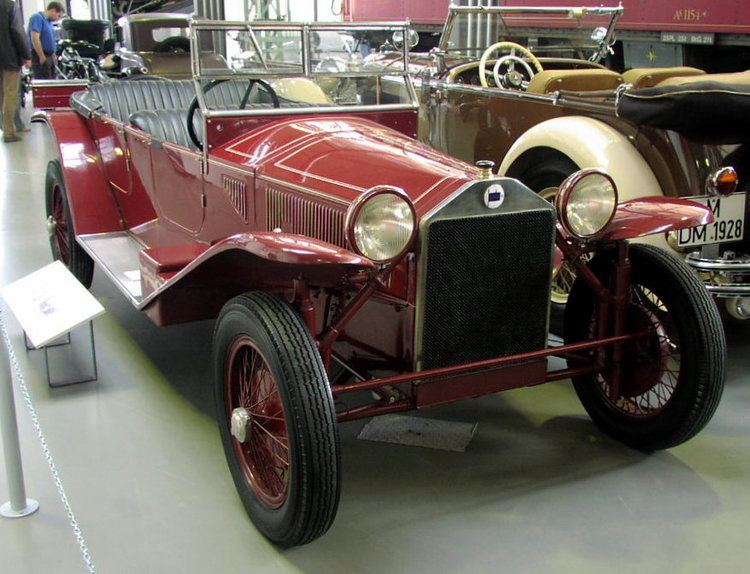Layout FR layout | Production 1922–1931 | |
 | ||
Transmission 3-speed manual (S.1-S.4)4-speed manual (S.5-S.9) | ||
The Lancia Lambda is an innovative automobile produced from 1922 through 1931. It was the first car to feature a load-bearing unitary body, (but without a stressed roof) and it also pioneered the use of an independent suspension (the front sliding pillar with coil springs). Vincenzo Lancia even invented a shock absorber for the car and it had excellent four wheel brakes. Approximately 11,200 Lambdas were produced.
Nine versions of the Lambda were built:
Engines
The narrow-angle aluminium Lancia V4 engine was also notable. All three displacements shared the same long 120 mm (4.7 in) stroke, and all were SOHC designs with a single camshaft serving both banks of cylinders. First engine had 13° V angle, second 14° and 3rd 13° 40'.
References
Lancia Lambda Wikipedia(Text) CC BY-SA
